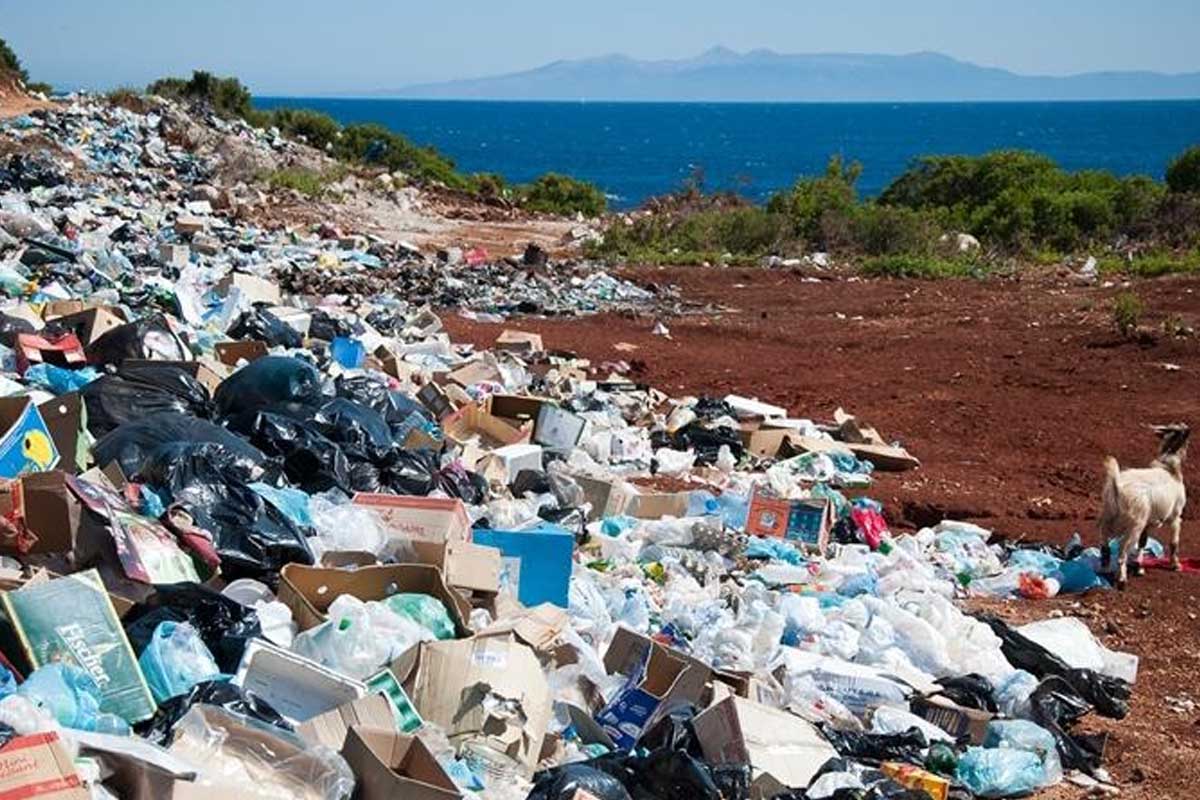As crisis grows, time to revisit plastics policy
Plastic pollution is reaching epic proportions. Traces of plastic have been found in human blood, placenta and even in breast milk.
Each year, eight million tons of plastic end up in the oceans, killing one million marine birds and threatening hundreds of marine life species.

Photo: IANS
Plastic pollution is one of the most pressing environmental issues and consumers are increasingly critical of the packaging of products that they buy.
Each year, eight million tons of plastic end up in the oceans, killing one million marine birds and threatening hundreds of marine life species.
By phasing out plastic used for consumer product packaging, the lighting major Signify will avoid the use of over 2,500 tons of plastics per year.
Advertisement
“This is equal to 125 million PET bottles which, placed in a row, would stretch more than 8,000 kilometers (5,000 miles), roughly the distance from Troms in the north of Norway, to Gibraltar at the southern tip of the Iberian peninsula, and back. On top of that, our new packaging is smaller, reducing carbon emissions from transport and the materials we use by 6,000 tons per year – equivalent to the amount of CO2 that 270,000 fully grown trees can absorb in a year.
“Plastic waste has a very negative impact on our planet and its biodiversity and we decided that we must take a leading role and start using plastic-free alternatives. It is the right thing to do and meets the increasing expectations of our customers,” said Eric Rondolat, CEO of Signify. He added that he looks forward to the moment when they can announce going fully plastic-free in their packaging.
On average, the packaging policy requires all packaging to contain more than 80 percent recycled paper and virgin materials must be from certified renewable sources. In cases where paper-based materials aren’t applicable, Signify looks into other non-plastic alternatives. It has already started the phase-out of plastic by removing commonly used plastic inserts from Philips Hue bulb packaging. It has also selected paper foam to package the recently launched Philips Hue Play HDMI Sync Box.
As per the company, replacing blister packs with paper-based box packaging will be sequenced across their product portfolio and different regions, starting with LED bulbs in Europe in the third quarter of 2020, and the rest of the world following 2021 beginning.
Signify said that it already started replacing the plastic blister packaging for its LED lamps with paper-based materials in the Pacific, where the switch was received very positively and resulted in an increase in sales.
“When we replaced our packaging in the Pacific region, customers said that it was more appealing and environmentally friendly. I call upon other companies to join us in making the switch and will gladly share our lessons learned,” Rondolat added.
“Phasing out plastics is a further way we are driving sustainability in our business and another milestone alongside our Brighter Lives, Better World sustainability program. We are on track to achieve carbon neutrality globally this year and already achieved carbon neutrality in 15 of our 19 markets. We were recognized in 2019 by being named Industry Leader in the Dow Jones Sustainability Index for the third year in a row.”
Advertisement